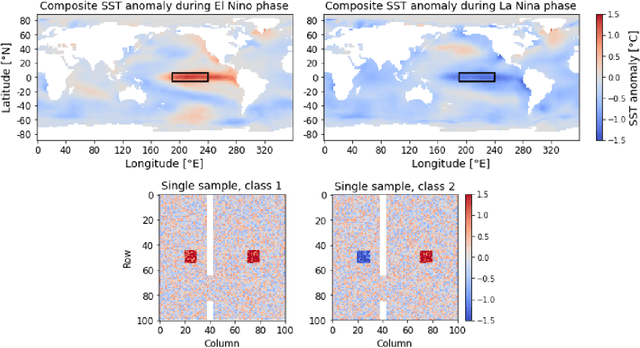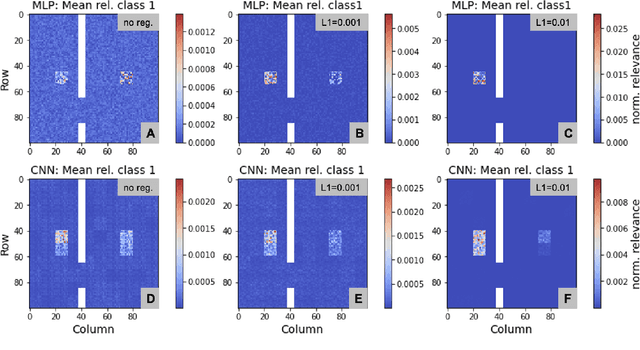Marco Landt-Hayen
Fact or Artifact? Revise Layer-wise Relevance Propagation on various ANN Architectures
Feb 23, 2023



Abstract:Layer-wise relevance propagation (LRP) is a widely used and powerful technique to reveal insights into various artificial neural network (ANN) architectures. LRP is often used in the context of image classification. The aim is to understand, which parts of the input sample have highest relevance and hence most influence on the model prediction. Relevance can be traced back through the network to attribute a certain score to each input pixel. Relevance scores are then combined and displayed as heat maps and give humans an intuitive visual understanding of classification models. Opening the black box to understand the classification engine in great detail is essential for domain experts to gain trust in ANN models. However, there are pitfalls in terms of model-inherent artifacts included in the obtained relevance maps, that can easily be missed. But for a valid interpretation, these artifacts must not be ignored. Here, we apply and revise LRP on various ANN architectures trained as classifiers on geospatial and synthetic data. Depending on the network architecture, we show techniques to control model focus and give guidance to improve the quality of obtained relevance maps to separate facts from artifacts.
It's a long way! Layer-wise Relevance Propagation for Echo State Networks applied to Earth System Variability
Oct 18, 2022



Abstract:Artificial neural networks (ANNs) are known to be powerful methods for many hard problems (e.g. image classification, speech recognition or time series prediction). However, these models tend to produce black-box results and are often difficult to interpret. Layer-wise relevance propagation (LRP) is a widely used technique to understand how ANN models come to their conclusion and to understand what a model has learned. Here, we focus on Echo State Networks (ESNs) as a certain type of recurrent neural networks, also known as reservoir computing. ESNs are easy to train and only require a small number of trainable parameters, but are still black-box models. We show how LRP can be applied to ESNs in order to open the black-box. We also show how ESNs can be used not only for time series prediction but also for image classification: Our ESN model serves as a detector for El Nino Southern Oscillation (ENSO) from sea surface temperature anomalies. ENSO is actually a well-known problem and has been extensively discussed before. But here we use this simple problem to demonstrate how LRP can significantly enhance the explainablility of ESNs.
 Add to Chrome
Add to Chrome Add to Firefox
Add to Firefox Add to Edge
Add to Edge